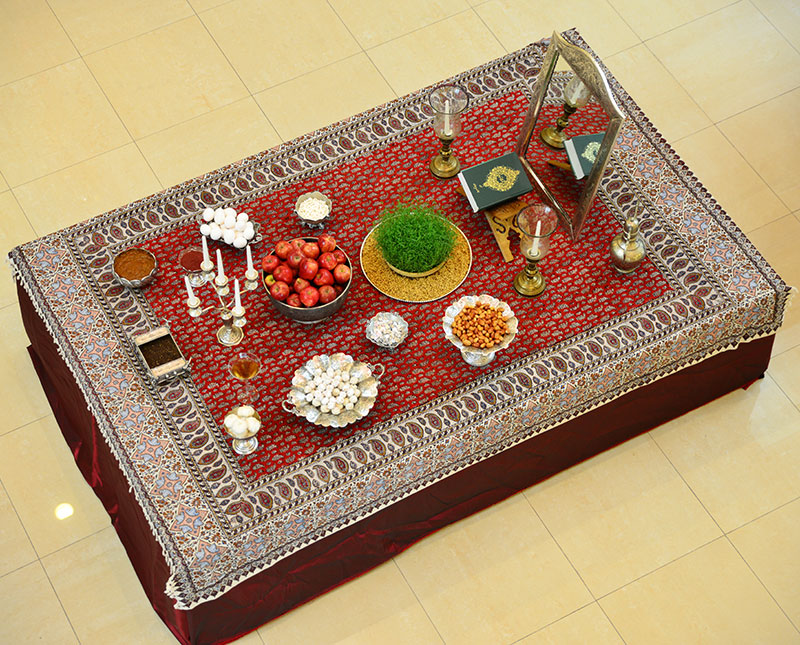Nowruz or New Year is the first day of the Iranian month of farvardin. Celebrated on the spring equinox, March 20 or 21, this festival dates back to a mythical and Zoroastrian past. According to several traditions, the equinox corresponds to the day of the creation of the world and the setting in motion of the universe, then to the appearance of the first king (Kyumars) and the coronation of Jamshid, a mythical king to whom we generally attribute the creation of this festival. Celebrated by the Achaemenids (6th-4th century BC), then by the Sassanids (3rd-7th century), Nowruz did not disappear with Islam, which gave it another meaning. It was on New Year’s Day, tradition says, that Abraham destroyed the idols and the Prophet Muhammad was born. The Nowruz festivities last approximately two weeks, until April 2 (13 Farvardin), the last day of the celebrations. On the eve of the last Wednesday before Nowruz (chaharshanbeh-suri), as on Saint John’s Day, people jump over fires saying: “I give you my paleness and I take away your redness.”

A Nowruz tablecloth. Photograph: ©Patrick Ringgenberg.
